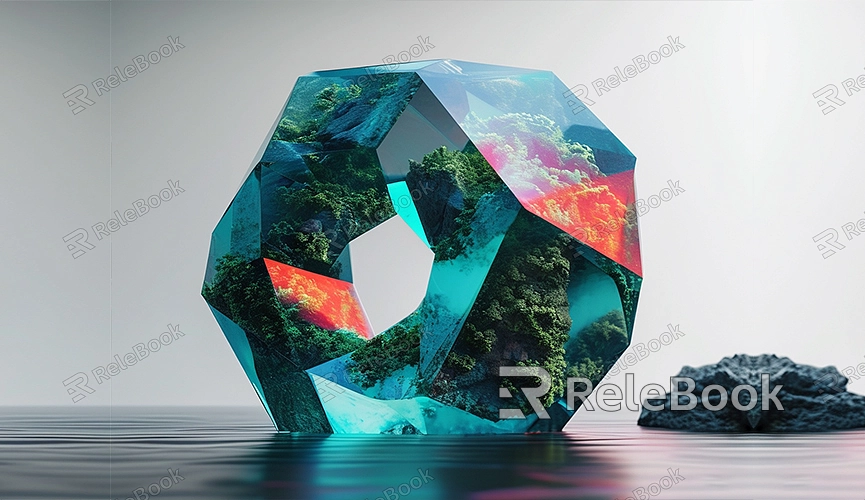How to Render an MP4 in Blender
Rendering an MP4 video in Blender is an incredibly useful feature, especially for those looking to export their 3D animations or video editing projects into a shareable video format. This guide will walk you through the steps and key considerations for setting up and rendering an MP4 video in Blender, ensuring a smooth process from start to finish.
Preparation

Before starting the rendering process, ensure the following:
- You have the latest version of Blender installed, with all features up to date.
- Your animation or video editing project is complete and ready to be rendered.
- You have sufficient hard drive space available to store the rendered video file.
Setting the Output Format to MP4
The first step is to set Blender’s output format to MP4. Follow these steps:
1. Open Blender and load your project.
2. From the top menu, select the "Output Properties" tab (usually located on the right-hand side).
3. In the "File Format" option, select "FFmpeg Video."
4. Expand the "Encoding" section and choose "MPEG-4" as the container format.
Configuring Video Encoding Settings
Next, configure the encoding settings for the MP4 video to ensure high-quality output:
1. Under the "Video" section, select "H.264" as the video codec. This is the most commonly used codec for MP4 videos and offers broad compatibility.
2. Choose an appropriate bitrate mode under the "Quality" setting. Generally, "High Quality" or "Lossless" is recommended depending on your requirements for video quality and file size.
3. In the "Audio" section, select "AAC" as the audio codec, which is a widely used codec that ensures good sound quality.
Setting Render Resolution and Frame Rate
Before rendering, make sure the resolution and frame rate are set correctly:
1. In the "Output Properties" tab, set the desired resolution for rendering. Common choices include 1080p (1920x1080) or 720p (1280x720).
2. Ensure the frame rate (FPS) is correctly set. Common frame rates are 24FPS, 30FPS, and 60FPS, depending on the needs of your project.
Rendering the Animation
Once all the settings are configured, you can begin rendering the animation:
1. From the top menu, select "Render" > "Render Animation."
2. Blender will start rendering the animation frame by frame and export it as an MP4 video file. This process may take some time depending on the length and complexity of your animation.
Saving the Rendered File
After rendering is complete, Blender will automatically save the video file in the output directory you specified. Make sure you’ve chosen an appropriate location for saving the file for easy access and sharing.
Tips for Success
- Before rendering, check your animation for any errors such as clipping issues, material problems, or other visual glitches.
- Ensure all textures and materials are correctly loaded to produce a realistic and high-quality output.
- If your computer has limited performance, consider lowering the resolution or selecting a "Fast" quality option to reduce rendering time.
By following these steps, you should now have a solid understanding of how to render MP4 videos in Blender. Though the process may seem complex, following the steps carefully will allow you to complete the task efficiently. If you need high-quality 3D textures, HDRIs, or 3D models for creating your virtual scenes, you can download them from Relebook. Once downloaded, you can easily import these textures and 3D models into your project for immediate use.

